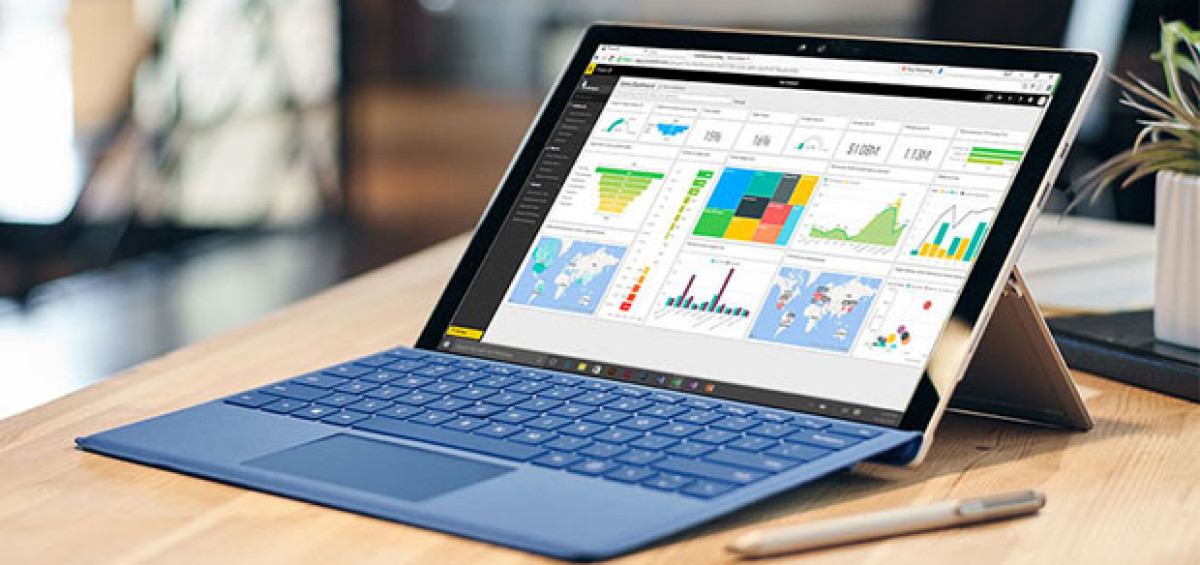Microsoft recently rebranded its business software offerings and the effect largely has been positive. Still, it must be emphasized that the cumulative effect of the deck chairs moved in performing the exercise remains to be seen.
One of the effects is surely that all of the enterprise resource planning and customer relationship management solutions now are offered online, as the “Dynamics 365” moniker implies.
Straight off, the rebranding takes Microsoft somewhat away from directly competing in CRM or ERP with the likes of Salesforce, Oracle and SAP. As a practical matter, this hasn’t changed — except that they now can absent themselves from some of the chest pounding those vendors occasionally have engaged in.![]()
Ready, Aim, Salesforce
The new bundling comes in two flavors: Business Edition with financials, sales and marketing, and Enterprise Edition with operations, sales, marketing, customer service, field service, project service, power apps and [work]flow.
This new packaging appears to be aimed at Salesforce, because the other vendors Microsoft is likely to be compared with all have conventional ERP solutions as well. So, with this move, Microsoft highlights the distinction between Salesforce and the rest of the industry.
It only goes so far, though. As a practical matter, Salesforce has the largest and most robust ecosystem in the business, with a raft of ERP providers including Financial Force, IntAcct, Kenandy and others, like Sage, which offers a hybrid solution for small business.
NetSuite also is well integrated with Salesforce and with Oracle, so the rebranding might be most effective as an internal approach to streamlining offerings. It also might suggest that the company sees good opportunity selling CRM to its ERP base, and vice versa.
AI’s Growing Role
Regardless, the increased emphasis on AI and machine learning industry-wide may be more telling. The last few years have seen a quiet move from transaction orientation in business to more agile relationship building. To be effective at that, you need two things.
First, and most obviously, you need an integrated solution set that easily can share process data across a range of platforms including desktops, tablets and handheld devices. Second, the applications need to do some of the work identifying opportunities, which once was left only to people.
For instance, apps that can understand email well enough to schedule an appointment, send information, or take a next step in a process are being highly prized, for good reasons. All major vendors are making strides in this direction, so Microsoft’s behavior is congruent.
A Process-Centric World
My old friend Chuck Schaeffer, author of CRM Search, last month made this observation:
“At this point Dynamics 365 is little more than a change in branding, bundling and roadmap. Microsoft is making a [conscious] decision to do away with the ERP and CRM monikers in favor of business process labeling. While the messaging is understandable, the industry at large has tried multiple times over to do away with the three letter acronyms. Yet decades later we still identify these business applications as ERP, CRM, SCM, HCM, MRP, MEP and so on. Maybe this time will be different. But I doubt it.”
It’s the idea of process that has my attention. We live in a process-centric world — and as I’ve written in my books, vendors might want transactions but they’ve come around to the idea that transactions come at the end of well-designed processes.
So, we still might want to consider discrete blocks of functionality like ERP and CRM, but at the end of the day, their value is directly proportional to the value they deliver to the customer.
And guess what? The game is about to change again, from unidimensional process orientation to something more dynamic, called “business agility.” Watch this space.










Leave a Comment